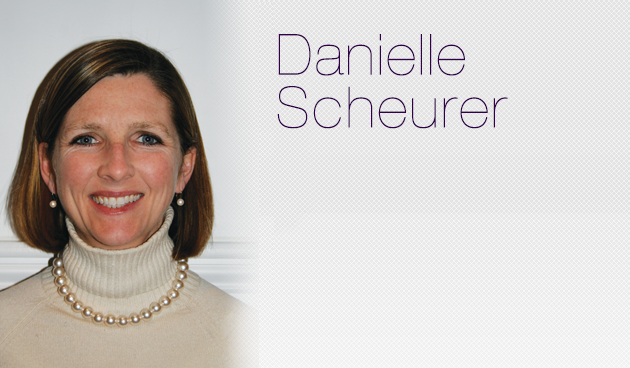I was rounding on the inpatient general medicine teaching service last weekend and offered to meet my team of students and residents in the “resident library” on Saturday morning. (Although it holds the name “library,” there were no books or periodicals to be seen.) I had not been in the library for many months and was struck by a few things as I entered. It is a dimly lit space, lined on 3 of the 4 walls with rickety desks and desktop computers all facing the walls. The walls are painted an off-white color with innumerable dings and nicks, presumably accumulated over the course of years. There was a string of garland in the shape of a Christmas tree pinned to the wall (P.S. it is March), the entire left side of which was sagging and misshapen. There were various tattered and coffee-stained papers scattered haphazardly throughout the room, including what appeared to be progress notes and test results printed from the EHR, a few worn EKGs, a telemetry strip, even a few (REALLY old, no doubt) chest X-ray films. Lining the fourth wall was a large foldable table, topped with crumbs and food scraps, a half-eaten chocolate Bundt cake, and scattered napkins and utensils, some of which appeared to be used. The one exterior-facing wall had a row of windows with crinkled blinds, some completely closed, others opened at awkward angles and seemingly stuck in place. There was a cadre of chairs in the room, none matching, all in various stages of disrepair, one of them completely missing an armrest and another tucked in the corner, probably needing the addition of a handwritten sign “BRokEn”.
This library is a place where the students, interns, and residents go for a bit of a safe haven. They can take their coat off, sit down, have their own computer space, answer pages, and complain about their woes. They can bounce questions off each other, vent frustrations, find the humor in a situation, and just be themselves. But what struck me about their sanctuary is that it is totally and utterly depressing. And it was as if they could not even see the chaos and filth laying everywhere around them. I find it impossible to believe that it does not have an effect on their mood and outlook. Although we are all social animals, and we have a real need to congregate and connect with one another, is this really the best environment to do that?
Although the literature suggests that healthcare burnout and depression is driven by many factors (work hours, work-life balance, lack of autonomy, too many administrative tasks, electronic health records, etc.), I can easily imagine that our environment also has an effect. And it seems that many of these environmental changes can be made with a few simple and inexpensive interventions. This resident “library” is not unique to our hospital environment and not unique to this hospital. I have worked in over a dozen hospital settings since medical school and find this type of environment to be the norm rather than the exception. This includes nursing stations, break rooms, call rooms, and patient rooms. Given these working environments, are we surprised at the rate of depression and burnout among medical professionals?
I recently read an article in The New York Times describing the link between hospital environments and healing-wellness. A classic study from the 1980s found that patients recovering from gallbladder surgery recovered better (shorter length of stay, higher satisfaction scores, and fewer narcotics) if they had a window view of natural settings. Surely the same can be said for healthcare professionals. Look around your work environment and take note; is it an environment that gives you a sense of restoration and energy? Or a sense of degradation and depression? In the case of the “resident library,” many of the needed environmental changes would be relatively easy to implement with little effort or expense – at least easier than reducing administrative tasks or improving the usability of our EHR – and therefore likely “cost effective.”
I think we owe it to ourselves to do what we can to improve our work setting(s); our jobs are hard enough as it is!



Leave A Comment